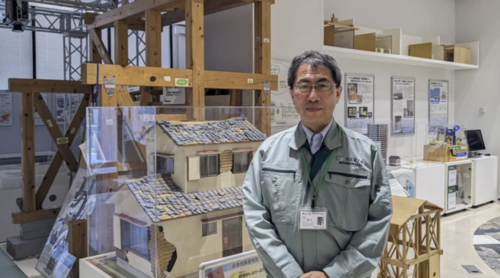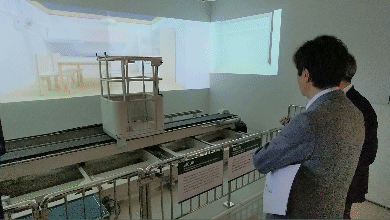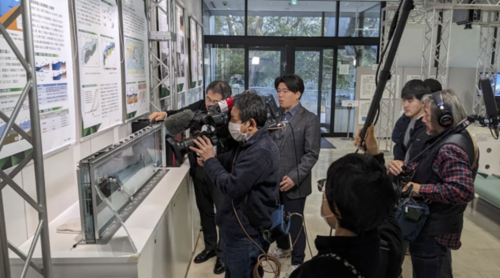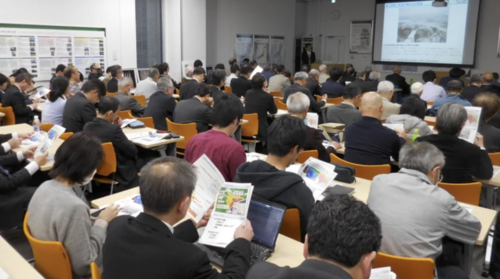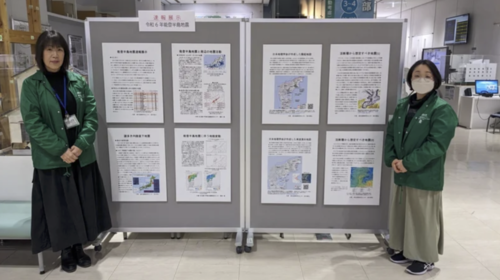In the wake of the 7.5 magnitude earthquake that struck Ishikawa Prefecture in Japan on 1 January, killing and injuring more than 1,500 people and displacing more than 30,000, the world's attention has once again turned to how we can reduce the damage caused by natural disasters. While the forces of nature cannot be controlled, the way we prepare for and respond to their impact can be improved and lives can be saved.
The need for disaster mitigation is keenly felt in Nagoya, which faces Section E of the Nankai Fault. Nankai megathrust earthquakes are very damaging. One of them, the 1707 Hoei earthquake, was the largest earthquake in Japanese history until the 2011 Tohoku earthquake. Nankai megathrust earthquakes occur with a return rate of 50-200 years at magnitude 8+, and Section E last ruptured in 1854. This means that the next rupture could occur at any time. As a coastal city with many rivers, Nagoya is also particularly vulnerable to flooding in the event of a tsunami.
Multi-sector, multi-field research
With this in mind, Nagoya University established the Disaster Mitigation Research Center in 2010. The Center employs six full-time faculty and collaborates with more than 40 others from fields as diverse as education, engineering and medicine. Its main focus is to reduce the damage caused by future natural disasters in the region. However, the researchers recognise that this cannot be achieved by improving physical infrastructure alone. They are targeting the human factor in disaster reduction by organising events, disseminatinginformation and educating the public. This helps people to be safer and better prepared to respond to future natural disasters. The Center works with national and local government, other universities and industry to develop and disseminate its findings and to advance its research and education objectives.
"Partnershipis our keyword," says Center Director Jun Tobita. "Not just between researchers from the different fields, but between our Center and the local community. The field of disaster mitigation is a particularly broad one, and our success depends on bringing together diverse human resources and information."
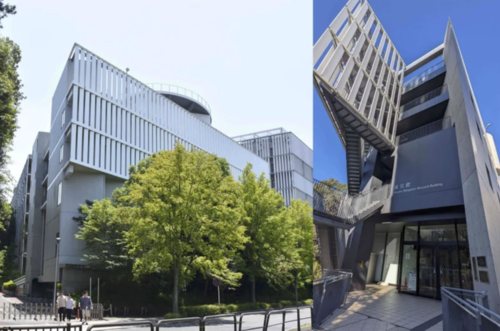 The Disaster Mitigation Research Center
The Disaster Mitigation Research Center
Bringing people and research closer together
The Disaster Mitigation Research Building is on the east side of Nagoya University's Higashiyama Campus, visible from Yamate Road. Open all year round, it hosts exhibitions, demonstrations and events designed to raise awareness of the dangers of natural disasters and to help people understand how to survive them. The exhibition rooms contain equipment and models that simulate earthquakes and floods, as well as an information library. Since its opening in 2014, the Disaster Mitigation Research Building has welcomed more than 90,000 visitors.
Earthquake simulator BiCURI recreating the movement of the Noto earthquake (above) and a TV crew filming a report on the Disaster Mitigation Research Building (below)
20 years of events and education
The Center's flagship outreach programs are the Disaster Mitigation Academy and the Disaster Mitigation Cafe. These events are held about ten times a year and are designed for a wide range of audiences, from natural disaster experts to the general public. The Disaster Mitigation Academy, held since 2004, welcomes speakers from academia, government, business, and non-profit organizations to present the latest developments in natural disaster research. By the end of 2023, approximately 22,000 peoplefrom across the country had attended 194 lectures.
The Disaster Mitigation Cafe is a more informal, discussion-oriented event where local people are invited to ask questions and seek advice from experts on natural disasters, with Nagoya University researchers acting as facilitators. Approximately 11,000 peoplehave participated in the 145 Disaster Mitigation Cafes held since 2011.
Both events, which have become regulars among scientists and the general public, cover a wide range of topics. These include the phenomena that cause natural disasters and the damage they cause, the latest technology in disaster mitigation, tips for disaster preparedness, and how to stay safe in the event of a natural disaster.
"Even during the COVID-19 pandemic, when everything around us stopped, we tried to maintain our schedule as much as possible," says Center Director Tobita. "We felt it was important to continue our efforts and fulfill our duties as a regional university to the people around us."
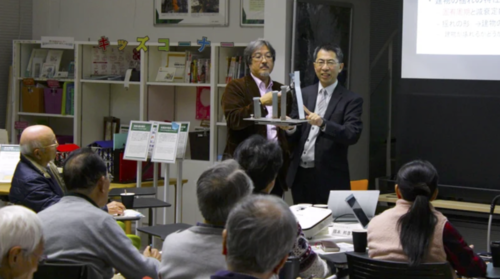 Researchers break down the science behind disaster at Disaster Mitigation Cafe
Researchers break down the science behind disaster at Disaster Mitigation Cafe
Looking to the future through local partnerships
With the establishment of the Aichi-Nagoya Resilience Co-Creation Center in partnership with Aichi Prefecture and Nagoya City, the Disaster Mitigation Research Center has recently expanded its outreach through cooperation with local governments. The Aichi-Nagoya Resilience Co-Creation Center provides opportunities for building new research partnerships, conducting surveys, and holding training and educational events. Fourteen years after its establishment, the Disaster Mitigation Research Center continues to serve the Tokai region and beyond through its innovative and wide-ranging research and collaboration initiatives with government, industry, and the public.
Translated by Edmund Rhind-Tutt, original Japanese article by Tatsuyuki Fukui

